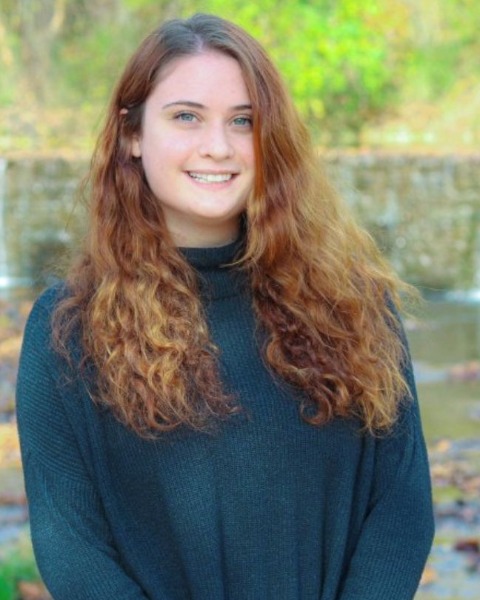Pharmacometrics & Pharmacokinetics (PMK)
Category: Non-Member Submission
Poster Session II
PII-104 - CLINICAL TRIAL SIMULATIONS FOR OPTIMAL SAMPLING TO ASSESS DURABILITY OF PCV IMMUNE RESPONSE IN ADULTS.
Thursday, March 28, 2024
5:00 PM - 6:30 PM MDT
C. Radice1, J. Ryman1, J. Xiao2, K. Yee3; 1Merck, 2Merck & Co., Inc., West Point, PA, USA, 3Merck & Co., Inc..

Casey Radice, MBA, PhD (she/her/hers)
Senior Specialist
Merck
North Wales, Pennsylvania, United States
Presenting Author(s)
Background: Pneumococcal disease leads to high morbidity and mortality in older adults, due to waning immune systems and increased co-morbidity incidence , . Several pneumococcal conjugate vaccines (PCVs) have been developed as a single vaccination for adults. In clinical trials, post-vaccination, opsonophagocytic activity (OPA) titers and immunoglobulin G (IgG) concentrations are typically measured 30 days post-vaccination.
To understand the durability of immune response, clinical trials need to sample over an extended period. Long-term studies put burden on patients and are expensive, while shorter studies may lead to a less accurate reflection of immune response. A trial simulation approach was used to optimize sample duration to allow predictions of 5- and 10-year OPA and IgG response post-PCV vaccination.
Methods: Pooled IgG and OPA response data from literature for PCV7 and PCV13 up to 5 years post-vaccination were fit in Monolix to estimate mean “true” immune response profiles for PCV13 serotypes. Model fits were used to simulate profiles for 500 trials consisting of 100, 250, or 500 subjects on PCV with immunogenicity measurement out to 4 years.
Random, log-normal variability was added at each time point to obtain individual profiles under low (logSD=1) and high (logSD=2) variability scenarios. The pooled profiles from each simulated trial were fit to monophasic or biphasic decay models and the fitted models were used to predict immune response at 5- and 10-years post-dose for each serotype. Predicted immune responses for each trial were compared to “true response” values.
Results: Immune response for all PCV13 serotypes declined in a biphasic manner, with inflection between alpha and beta phases occurring at ~2-3 years post-dose. Based on trial simulations, for most serotypes, 3 years of data are needed to predict within 2-fold of “true” 5-year IgG response, while 3 - 4 years of data is needed to predict within 2-fold of “true” 5-year OPA response, which is more variable. Greater than 4 years of data is needed to predict within 2-fold of “true” 10-year IgG or OPA response.
Conclusion: Based on application of pharmacometric approaches to vaccine immune response, ~3 years of sampling post-vaccination would support projection of 5-year immune response with an accuracy of 2-fold across the serotypes of PCV13.
